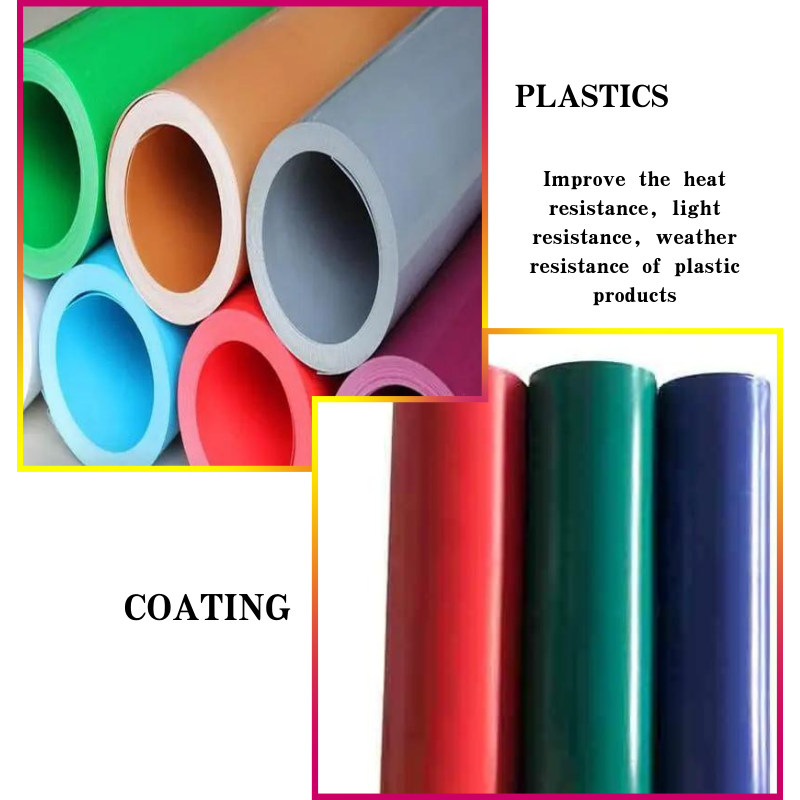
The Role of Iron Ore in Steel Production and Industry Dynamics
The Crucial Role of Iron Ore in Steel Production
Iron ore is one of the most important natural resources on the planet, serving as the primary raw material for steel production. The steel industry is pivotal to global infrastructure, manufacturing, and construction, making iron ore an essential commodity in the modern world. This article delves into the significance of iron ore in steel-making processes, the types of iron ore, the extraction and processing methods, and its impact on the economy and environment.
The Crucial Role of Iron Ore in Steel Production
The journey from iron ore to steel begins with extraction. The mined ore is then processed to remove impurities through a series of steps, including crushing, grinding, and then concentrating the ore through magnetic separation. The refined product is then smelted in a blast furnace, where it undergoes a chemical transformation when combined with carbon-rich materials, such as coke. The resulting molten iron, referred to as pig iron, is the precursor to steel.
iron ore steel

One of the primary methods of producing steel from pig iron is through the basic oxygen furnace (BOF) process, which involves blowing oxygen through the molten iron to remove excess carbon and impurities. Alternatively, the electric arc furnace (EAF) method is becoming more prevalent, particularly with the rise of recycled steel production. By using scrap steel as the primary input, EAF processes significantly reduce the need for iron ore and lower the overall carbon footprint.
The global steel industry is vital for economic growth, contributing significantly to employment and investment. Steel is indispensable in various sectors, including automotive, construction, and appliances. As urbanization and industrialization continue to surge in developing nations, the demand for steel and, consequently, iron ore, is projected to rise.
However, the extraction and processing of iron ore have notable environmental impacts. Mining activities lead to land degradation, habitat destruction, and pollution of local water supplies. The steel manufacturing process is energy-intensive and contributes to greenhouse gas emissions, prompting the industry to explore more sustainable practices. Innovations such as carbon capture and storage (CCS) and the use of hydrogen in steel production are being developed to mitigate these environmental concerns.
In conclusion, iron ore remains a cornerstone in the production of steel, driving growth and development across the globe. While its extraction and processing present environmental challenges, the industry's ongoing evolution towards more sustainable practices holds promise for a greener future. The interplay between iron ore supply, steel demand, and environmental stewardship will shape the landscape of the steel industry in the years to come, making it crucial for stakeholders to balance economic and ecological considerations.
Share
-
Premium Pigment Supplier Custom Solutions & Bulk OrdersNewsMay.30,2025
-
Top China Slag Fly Ash Manufacturer OEM Factory SolutionsNewsMay.30,2025
-
Natural Lava Rock & Pumice for Landscaping Durable Volcanic SolutionsNewsMay.30,2025
-
Custom Micro Silica Fume Powder Manufacturers High-Purity SolutionsNewsMay.29,2025
-
Custom Mica Powder Pigment Manufacturers Vibrant Colors & Bulk OrdersNewsMay.29,2025
-
Custom Micro Silica Fume Powder Manufacturers Premium QualityNewsMay.29,2025






